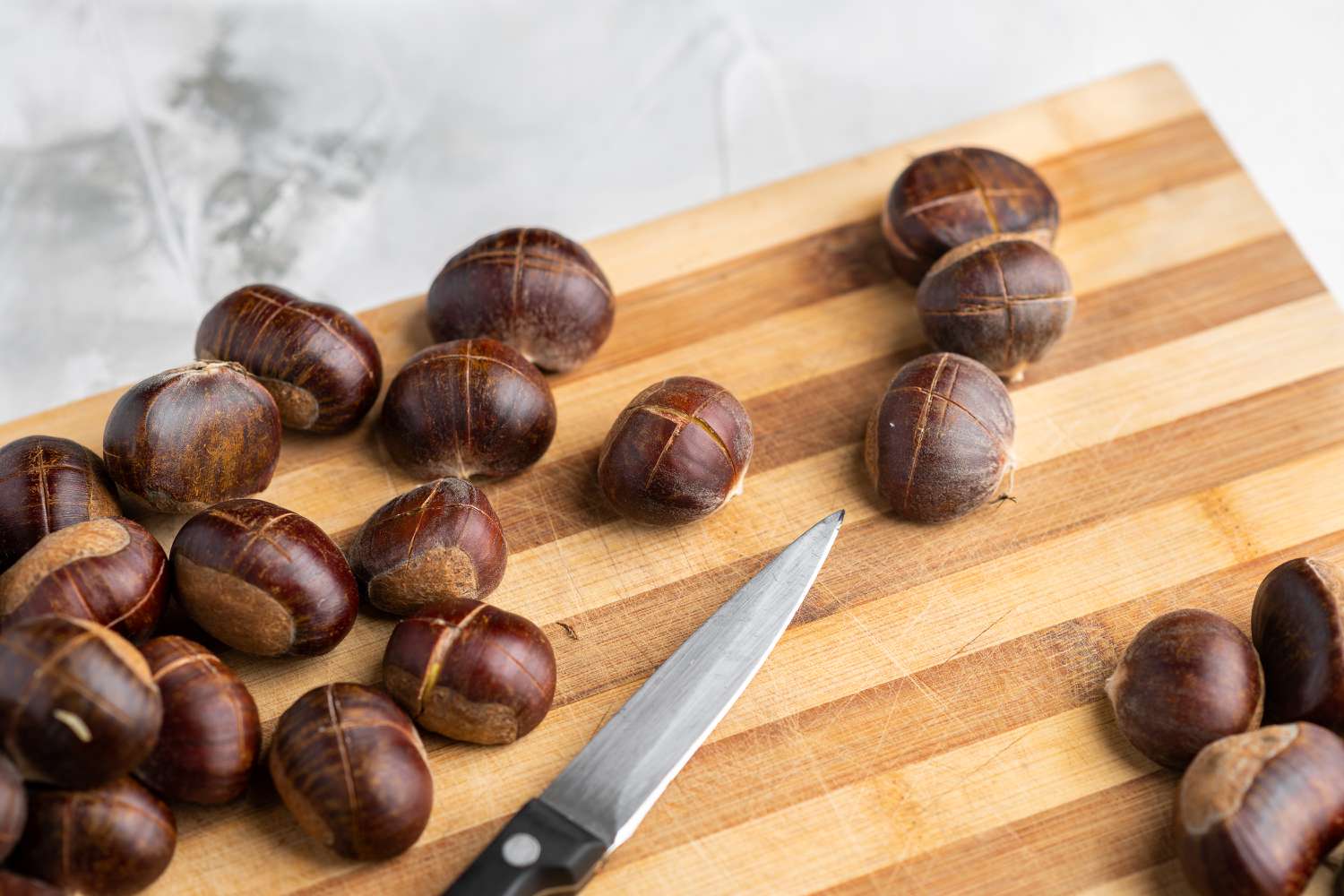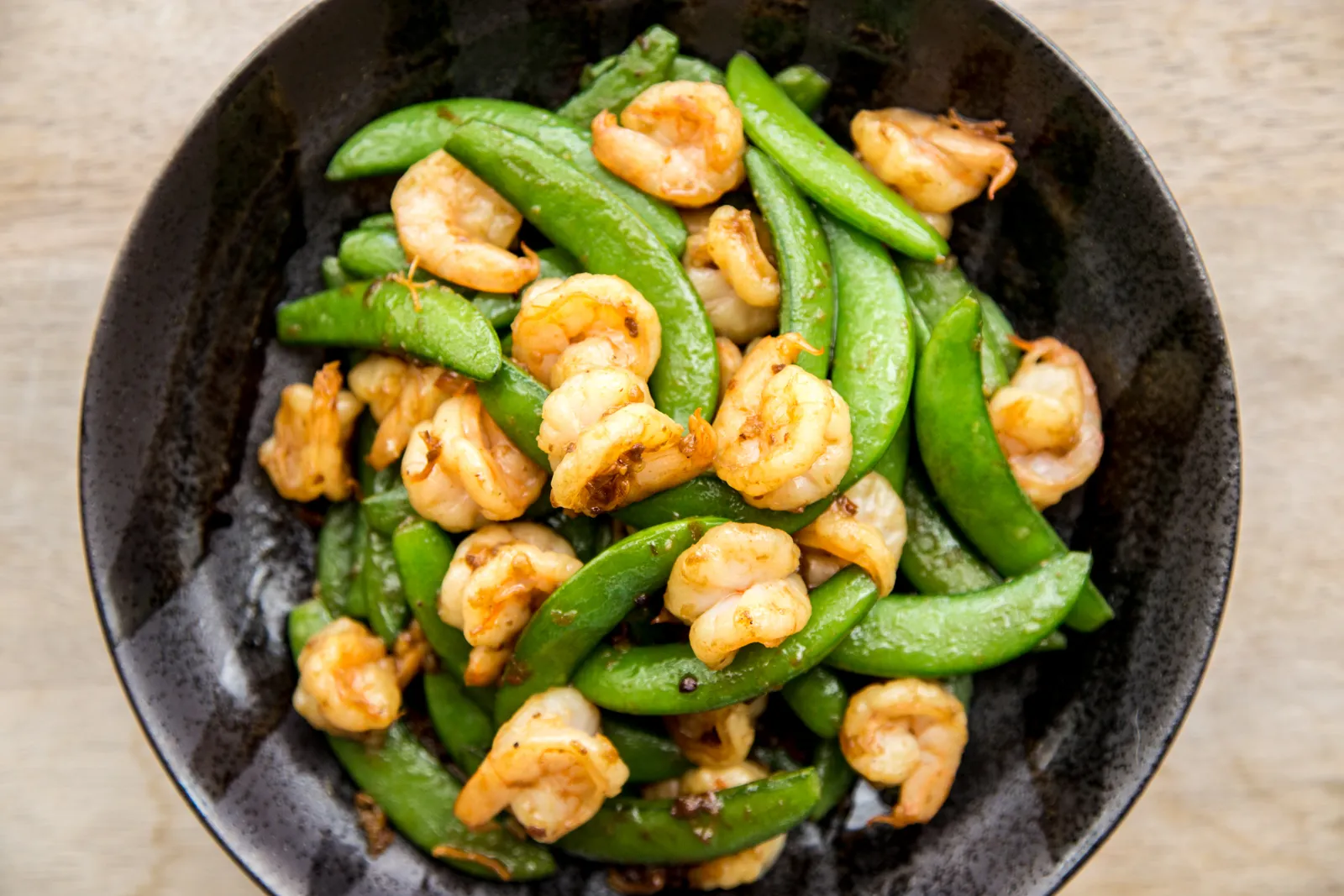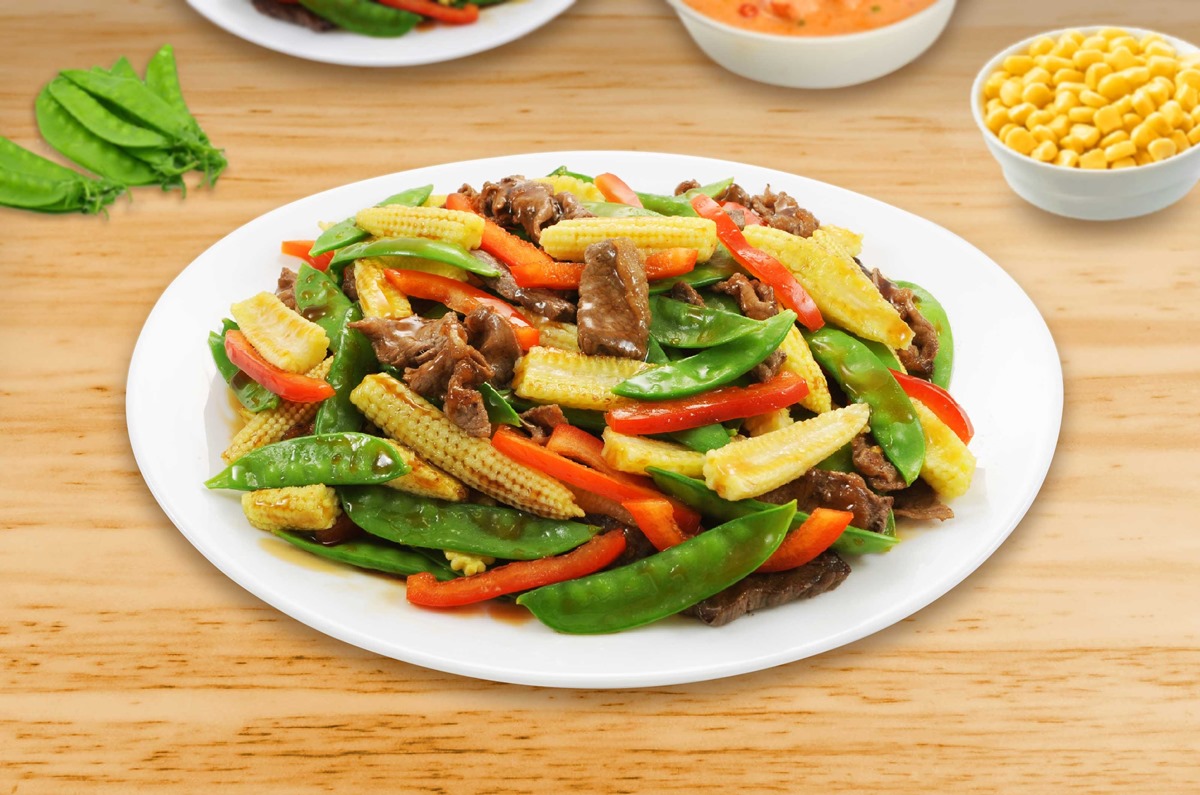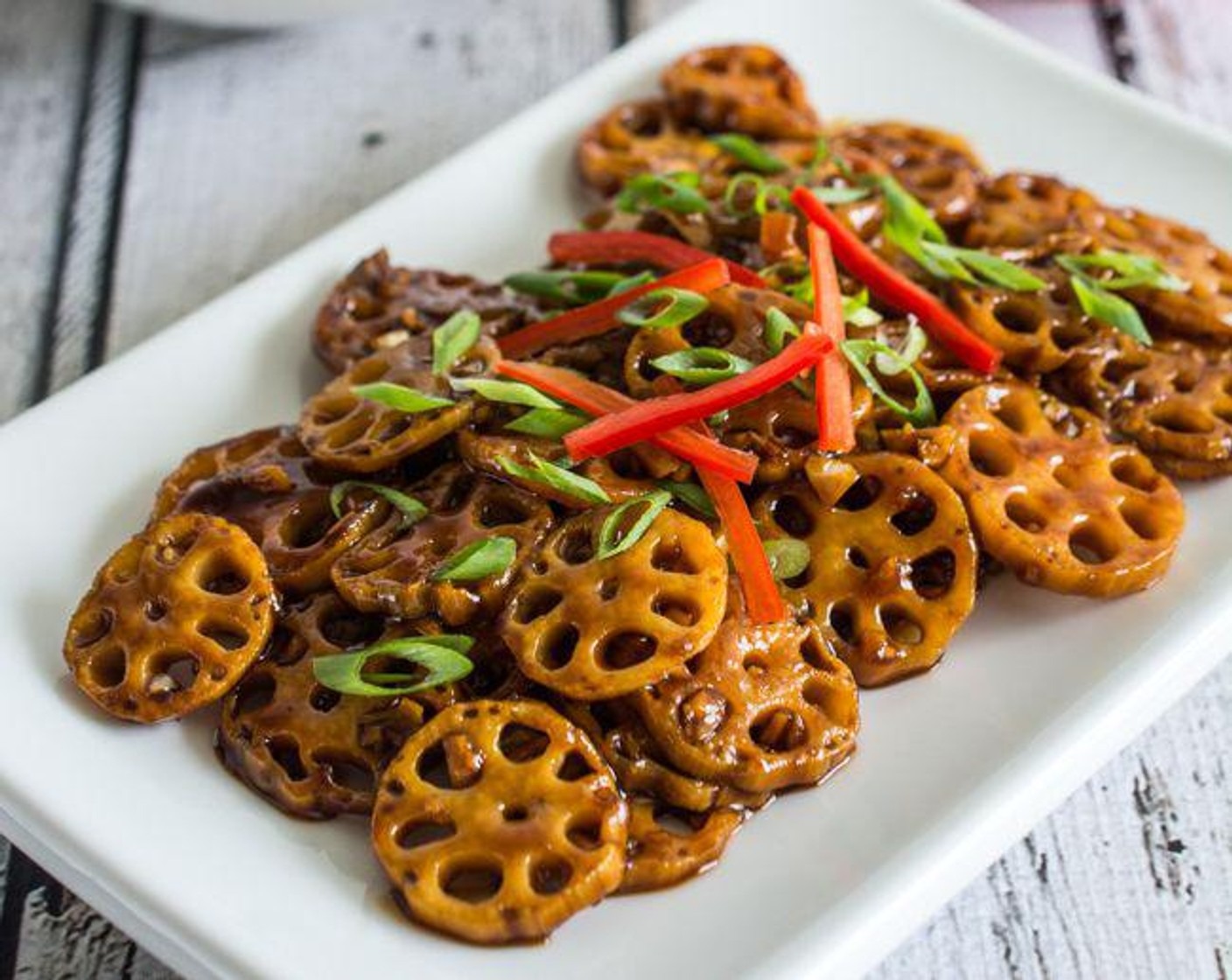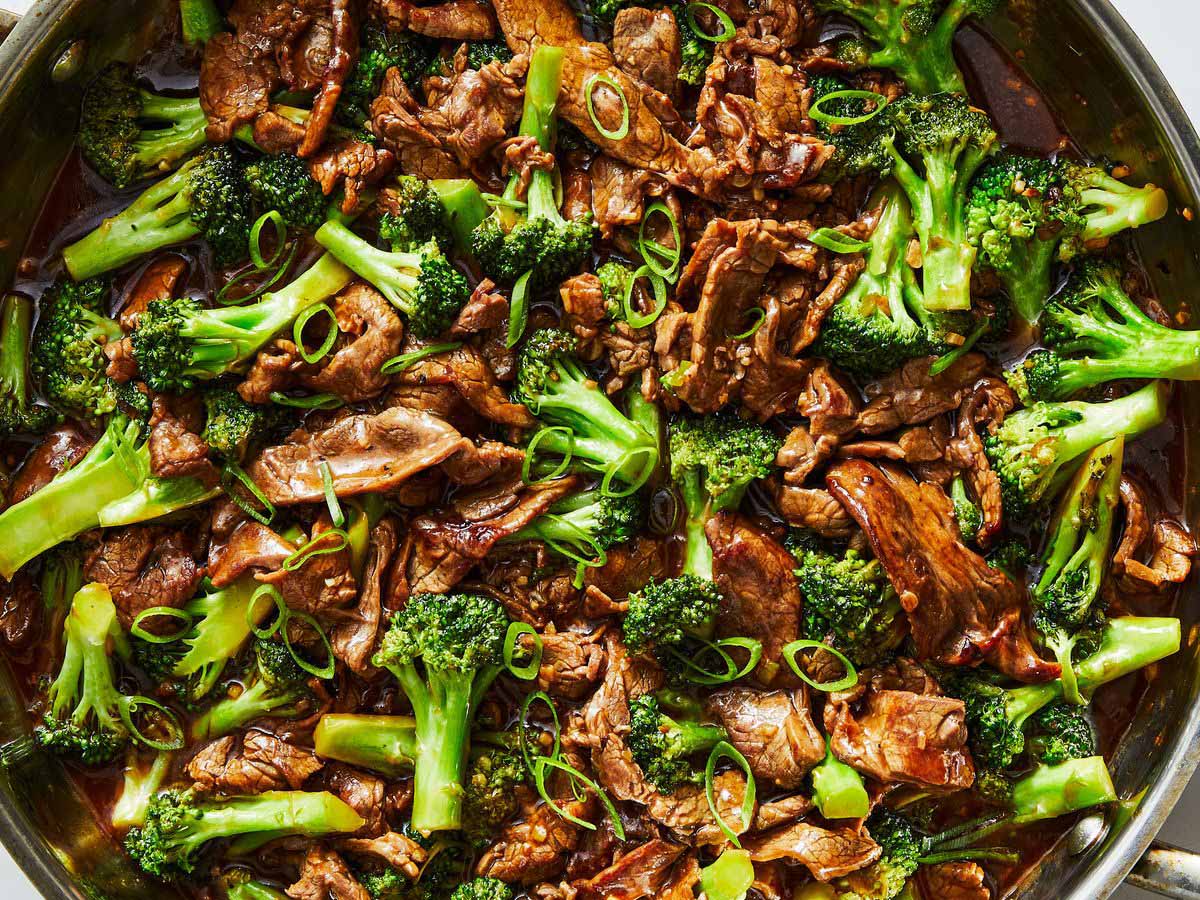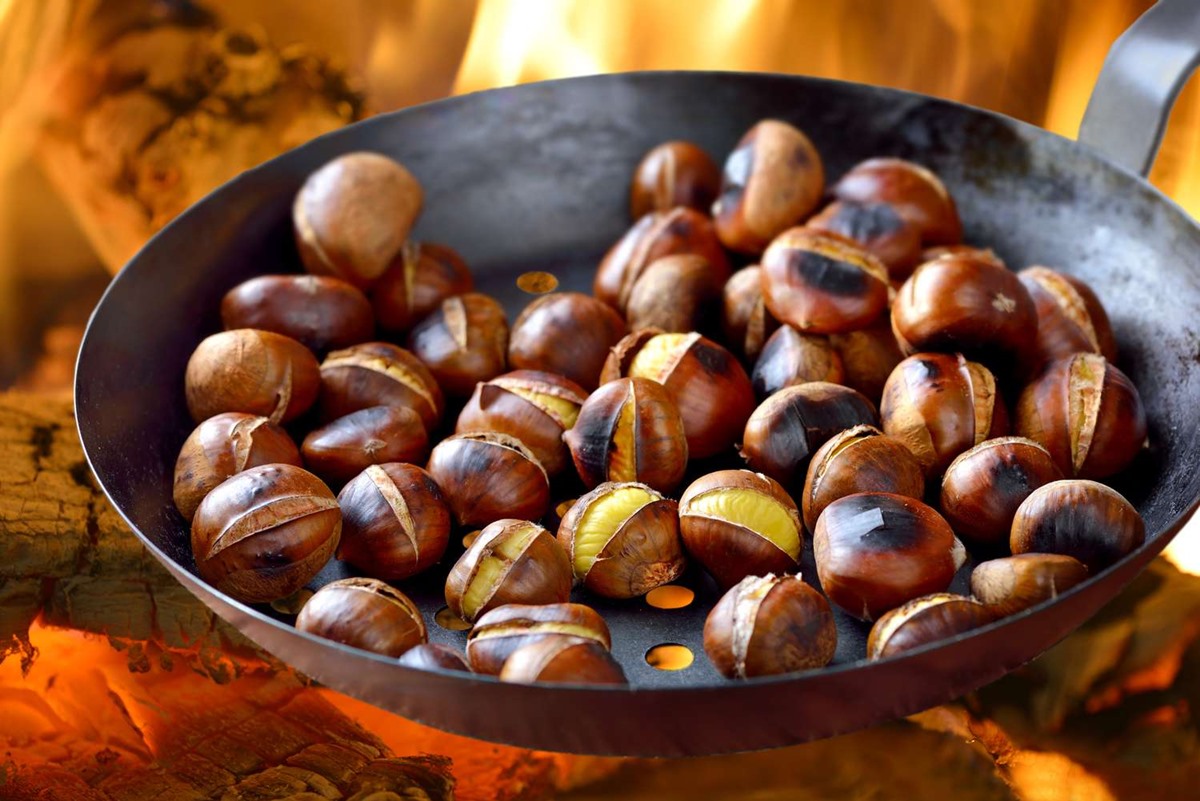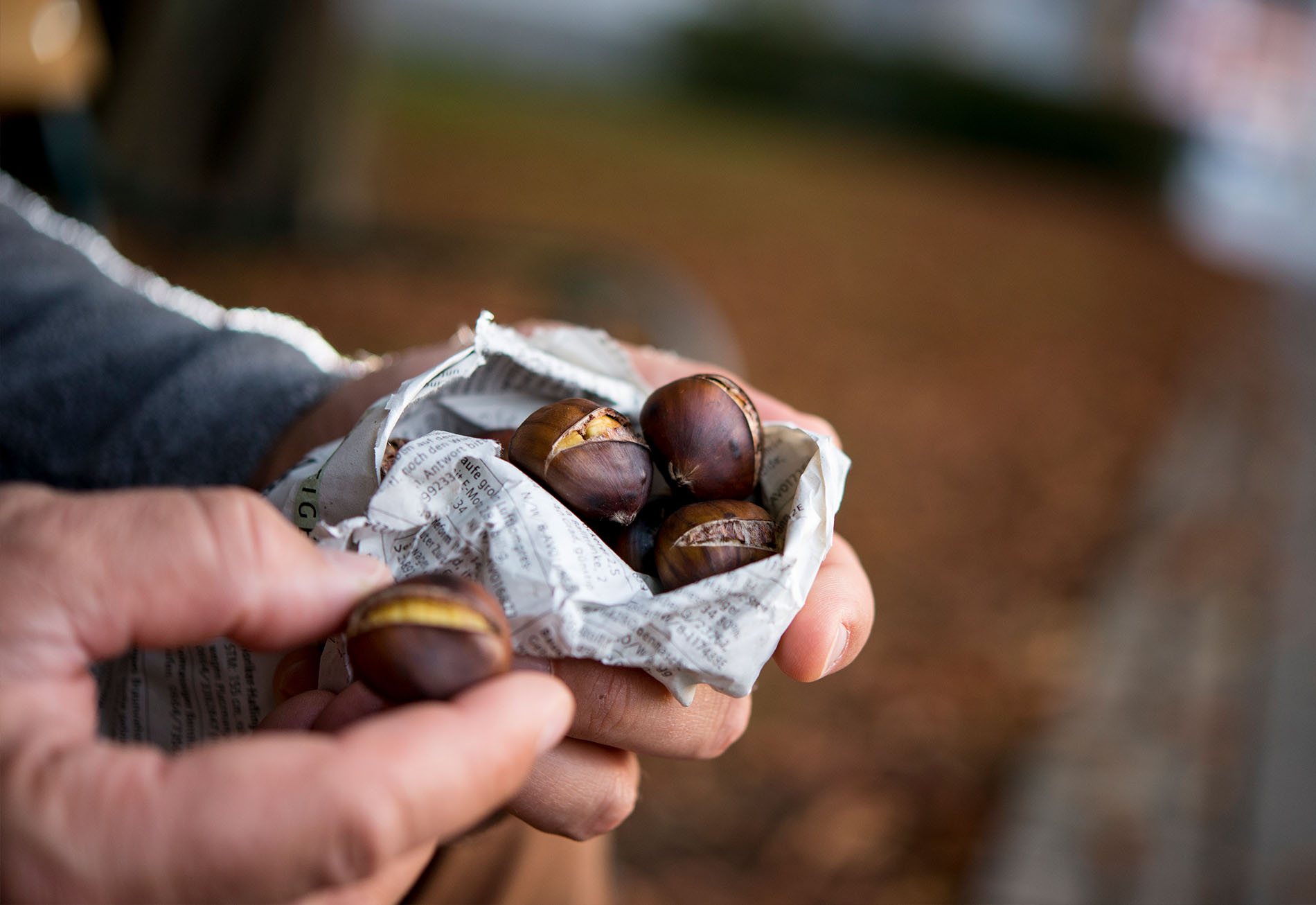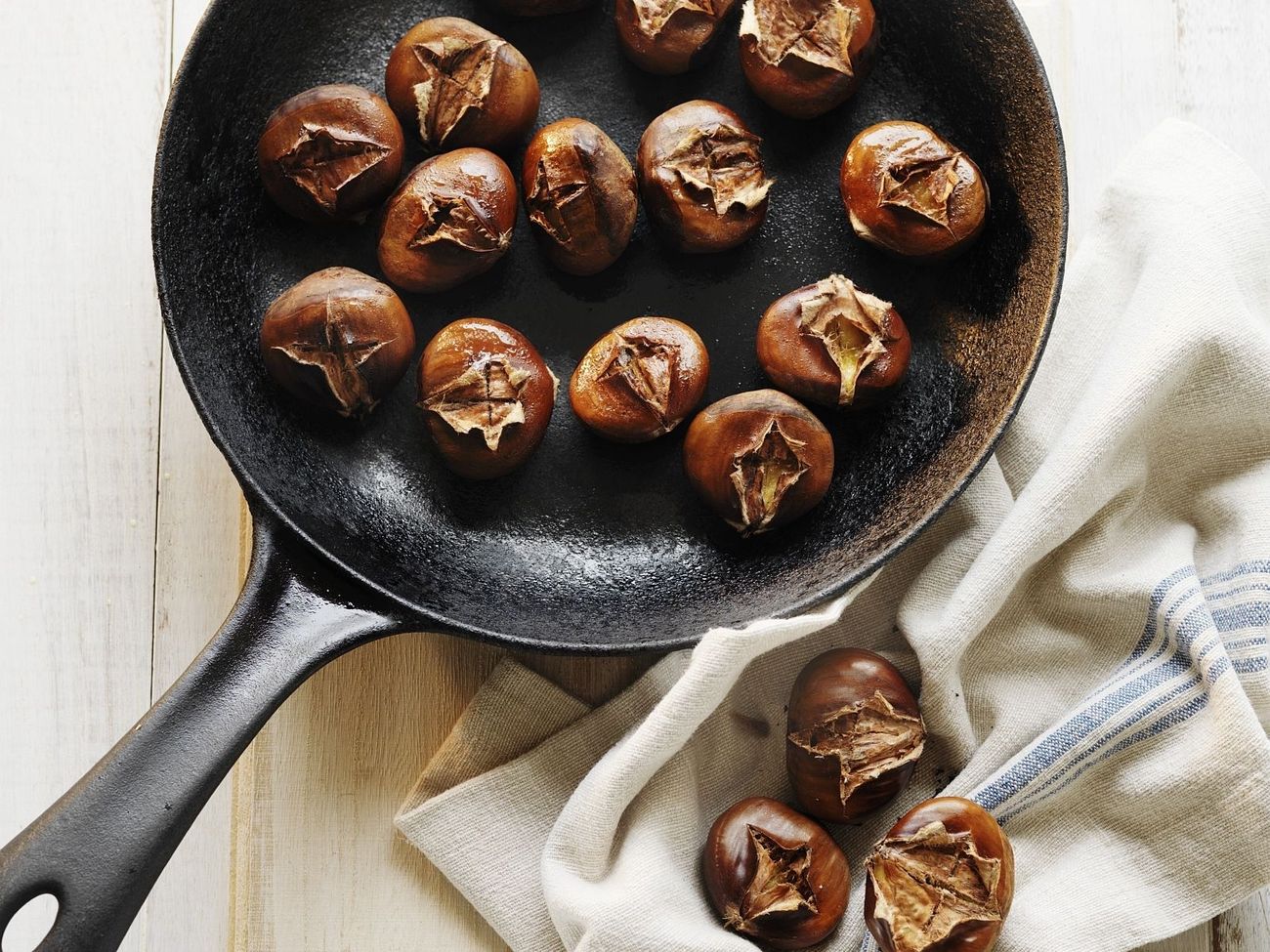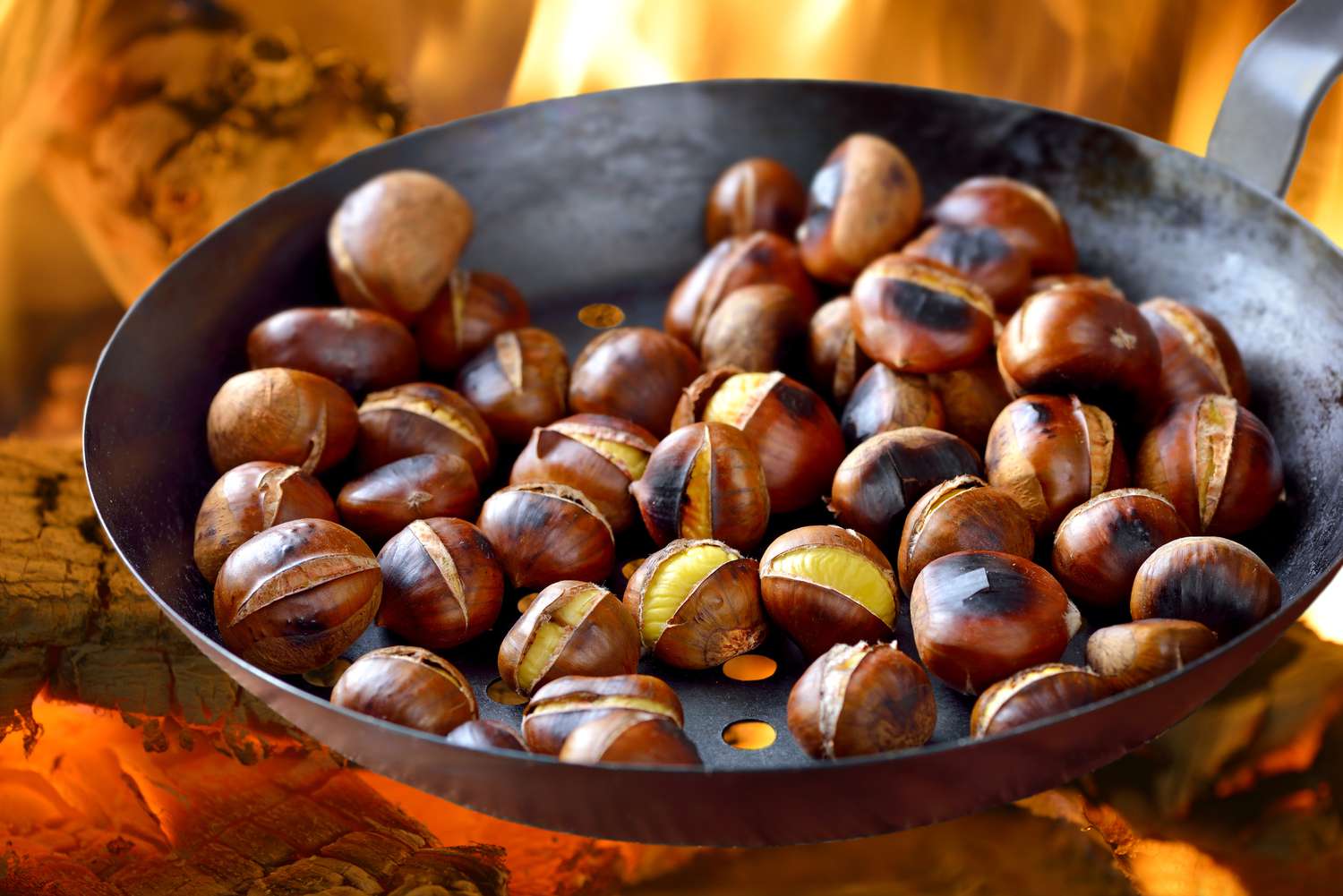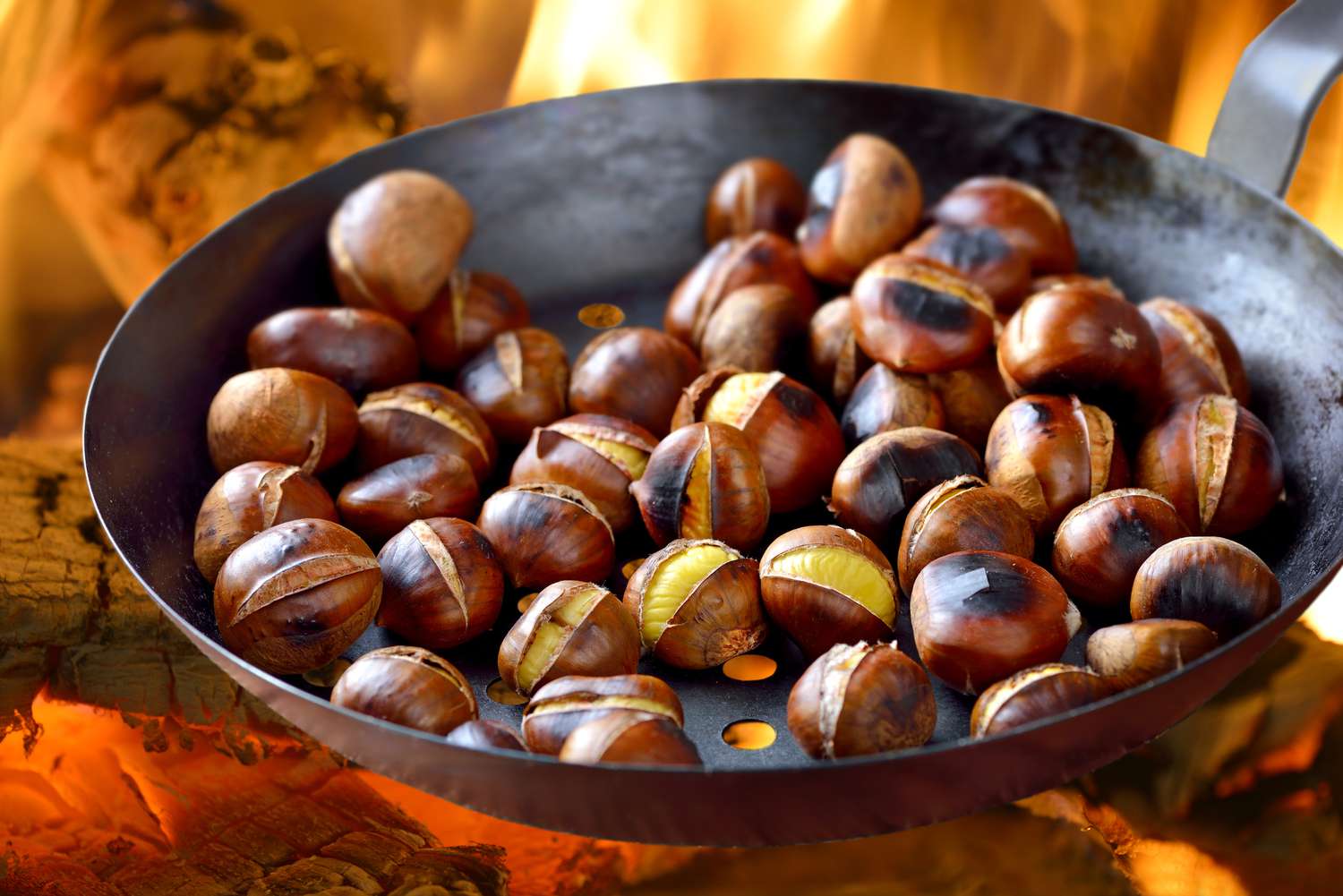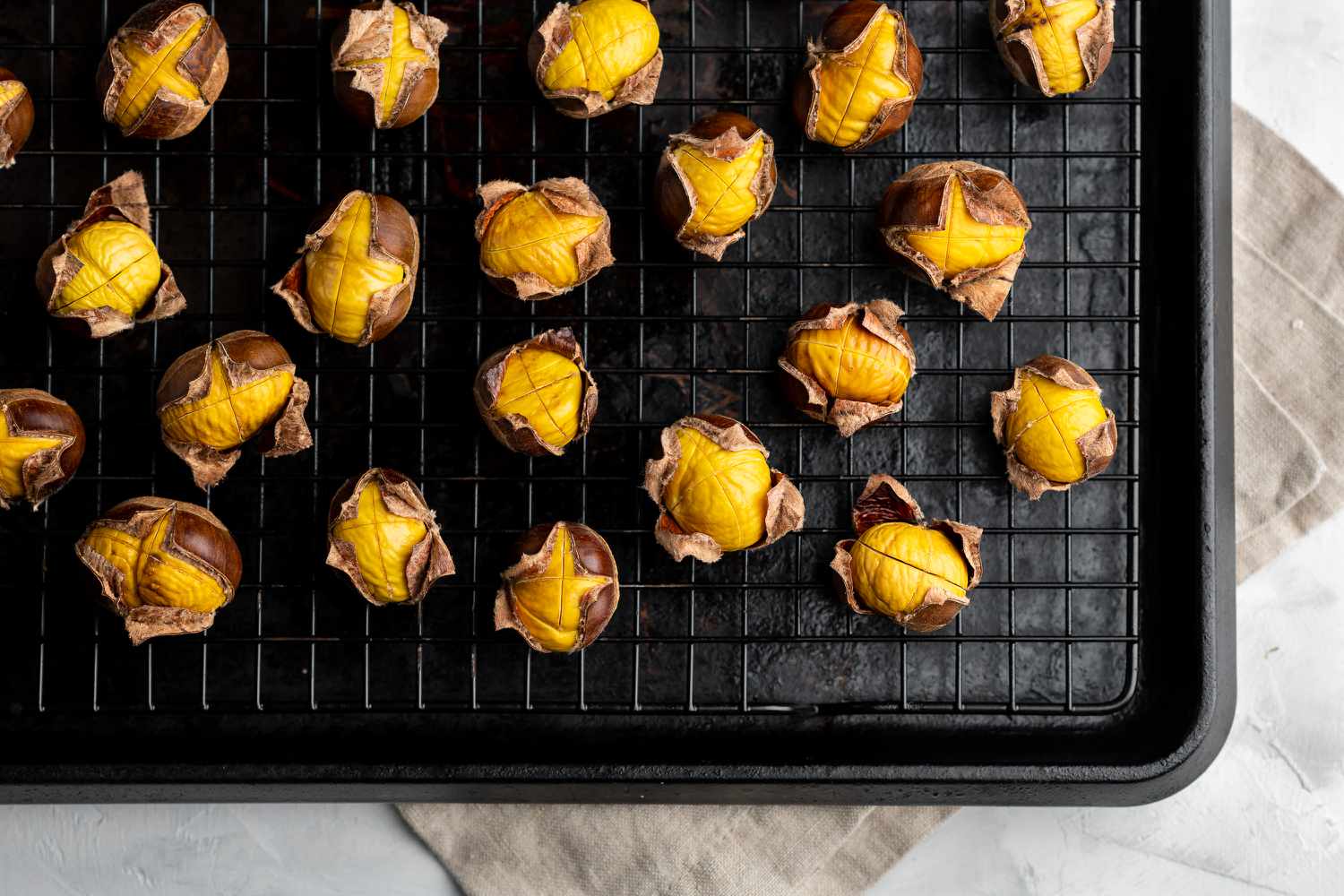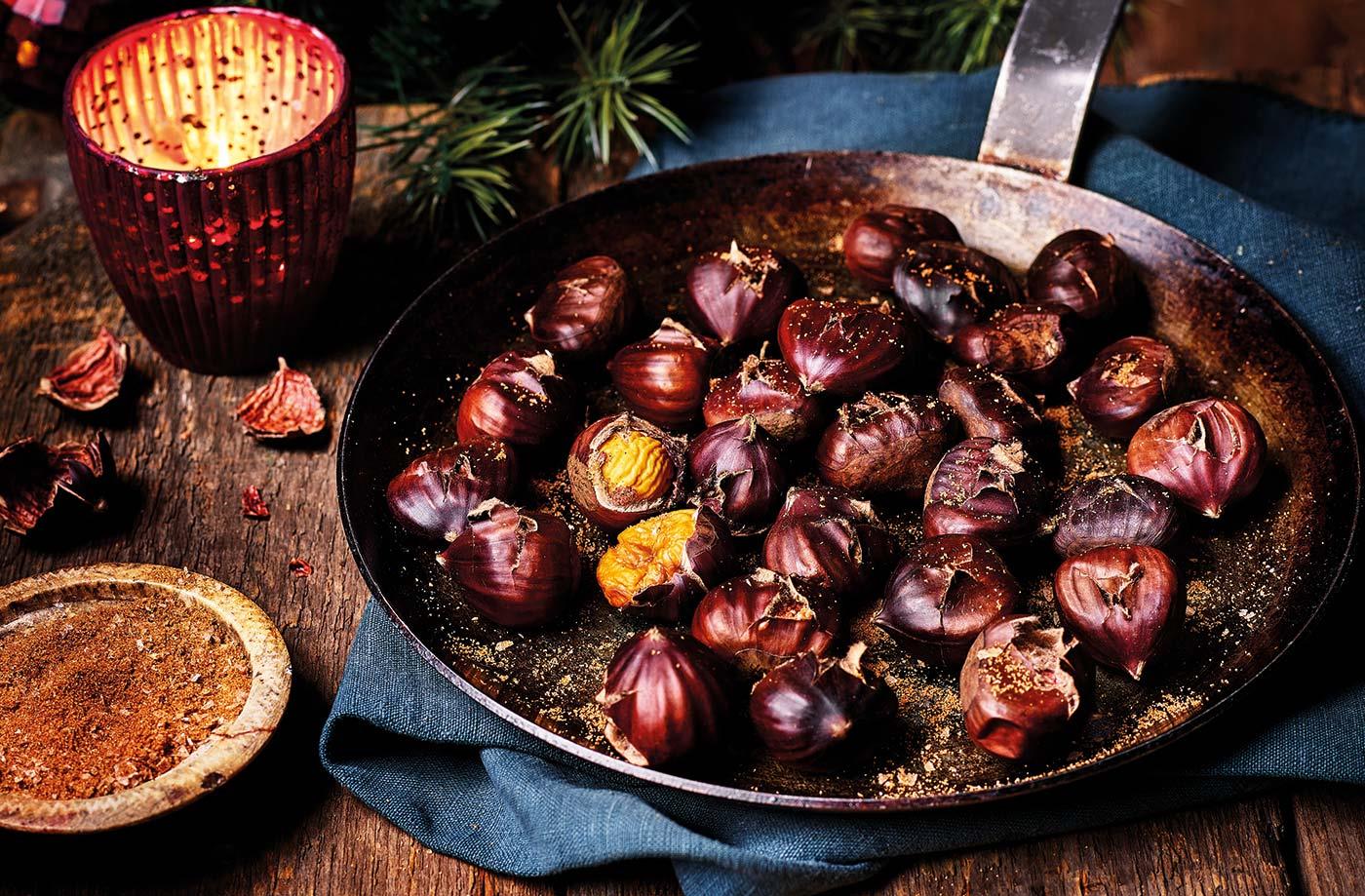Blanching Chestnuts: A Delicious and Nutritious Treat
Have you ever wondered how to blanch chestnuts to bring out their natural sweetness and creamy texture? Look no further! In this guide, we’ll walk you through the simple steps to blanching chestnuts, so you can enjoy this delicious and nutritious treat at home.
Why Blanch Chestnuts?
Blanching chestnuts is an essential step in preparing them for various culinary uses. It helps to loosen the tough outer skin, making it easier to peel and revealing the tender, flavorful nut inside. Whether you plan to use them in savory stuffing, hearty soups, or delightful desserts, blanched chestnuts can add a rich and nutty flavor to your dishes.
Step-by-Step Guide to Blanching Chestnuts
Follow these simple steps to blanch chestnuts like a pro:
- Score the Chestnuts: Using a sharp knife, carefully score an “X” on the flat side of each chestnut. This will allow the hot water to penetrate the shell and loosen the skin.
- Boil the Chestnuts: Place the scored chestnuts in a pot of boiling water for 3-4 minutes. This will help to soften the outer shell and make them easier to peel.
- Transfer to Cold Water: After boiling, immediately transfer the chestnuts to a bowl of ice-cold water. This will stop the cooking process and make the chestnuts easier to handle.
- Peel the Chestnuts: Once the chestnuts have cooled, carefully peel off the outer shell and inner skin. The blanched chestnuts should now be ready to use in your favorite recipes.
Tips for Blanching Chestnuts
Here are a few tips to ensure successful blanching of chestnuts:
- Use Fresh Chestnuts: Look for chestnuts that are firm, heavy, and free from mold. Fresh chestnuts will yield the best results when blanching.
- Work Quickly: Once the chestnuts are boiled, it’s important to transfer them to cold water promptly to prevent overcooking.
- Be Patient: Peeling blanched chestnuts can be a bit time-consuming, but the delicious flavor and creamy texture make it well worth the effort.
- Store Properly: If you have leftover blanched chestnuts, store them in an airtight container in the refrigerator for up to a week, or freeze them for longer-term storage.
Enjoying Blanched Chestnuts
Now that you know how to blanch chestnuts, the culinary possibilities are endless. Whether you incorporate them into savory dishes like roasted vegetables or use them to add a delightful crunch to your favorite desserts, blanched chestnuts are sure to elevate your cooking to new heights. So go ahead, give blanching chestnuts a try and savor the rich, nutty flavor of this versatile ingredient!
With these simple steps and tips, you can confidently blanch chestnuts at home and unlock their delicious potential in your cooking endeavors. So, roll up your sleeves, grab some fresh chestnuts, and get ready to enjoy the delightful taste and texture of blanched chestnuts in your next culinary creation.
